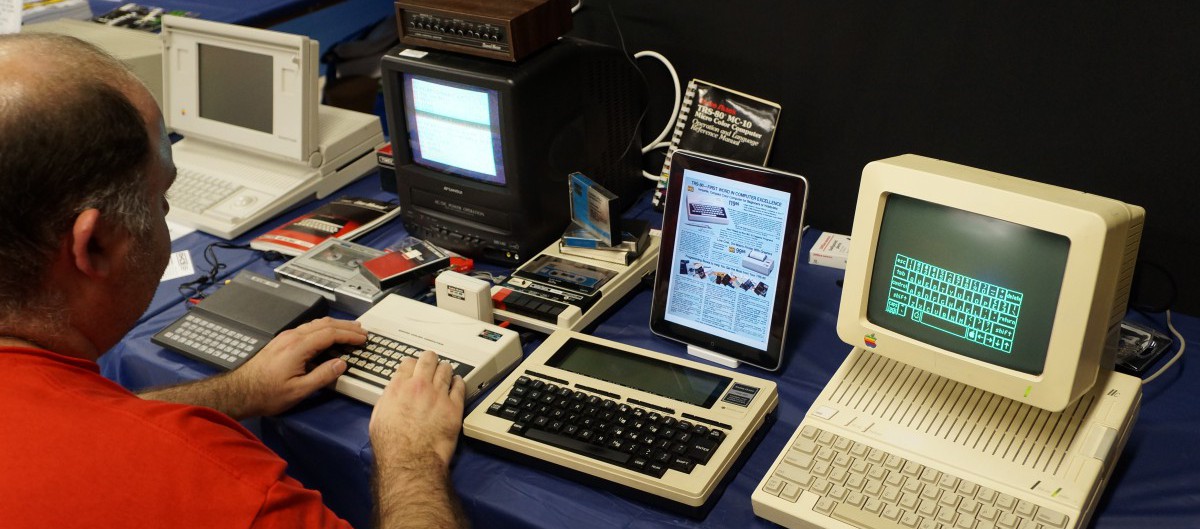What happens when a class assignment meets Twitter.
This is a mini Twitter rant of my think piece. While full of emojis and personality, this rendition of my think piece summarizes my topic in 140 characters or less.
In recent months, African American community has been outraged by the many ways their culture has been shamed and mimicked in media
Appropriation occurs when the appropriator isn't aware of the deep significance of the culture they r partaking in- Amandla Stenberg (2/12)
—
Ashley A
(@AaliyahDee) April 19, 2016
The creation of Bantu knows being credited to Marc Jacobs as "twisted mini buns" (3/12) pic.twitter.com/TED6f15RcF
—
Ashley A
(@AaliyahDee) April 19, 2016
Cornrows going from unprofessional to edgy (4/12) pic.twitter.com/HGQlHEtRE7
—
Ashley A
(@AaliyahDee) April 19, 2016
Folks aren't
The Dashiki is a part of a culture, not a trend #message (7/12) pic.twitter.com/Sj6dozeNpg
—
Ashley A
(@AaliyahDee) April 19, 2016
Why are styles that r natural to many considered unprofessional? (8/12) https://t.co/yoXkEXYbKK
—
Ashley A
(@AaliyahDee) April 19, 2016
"Digging it" for one but discriminate the other
To say there is an issue with cultural appropriation is not saying end cultural fusion (10/12)
—
Ashley A
(@AaliyahDee) April 19, 2016
All that is being requested it the ability to have pieces of our identity be respected (11/12) pic.twitter.com/XT8nRnr2xo
—
Ashley A
(@AaliyahDee) April 19, 2016
"What would America be like if we loved Black people as much as we love Black culture?" -Amandla Stenberg (12/12) pic.twitter.com/x281AlYwgt
—
Ashley A
(@AaliyahDee) April 19, 2016
Creating the tweets for Tuesday’s class was extremely difficult. My initial roadblock was finding a meaningful way to convey my message in 140 characters. As I planned the flow of my tweets, I was focused on adding more visuals and staying as true to the original content as possible. Throughout my experience with Twitter, my tweets have been more centered around natural hair, inspirational quotes, and random selfies. This assignment was quite a change.
While actually posting my tweets, I noticed that ever time I added an image or graphic, my character count would decrease drastically. This led to a panicky feeling of rewording my pre-planned tweets while in a hurry.
I am very satisfied with how my tweets came out because my audience was primarily young adults and the unintentional cultural appropriators. This piece hit all the points I liked, however I truly understand the constraints of Twitter. 140 characters really isn’t enough.
When looking at the analytics exclusively surrounding my live tweets, there were 899 impressions and an average engagement rate of 6%. Though this is not the highest since I have started using Twitter, it is significant for such an authentic and personal piece.



